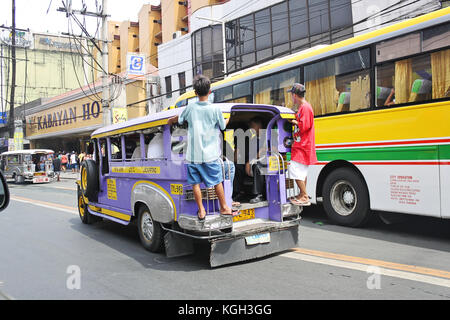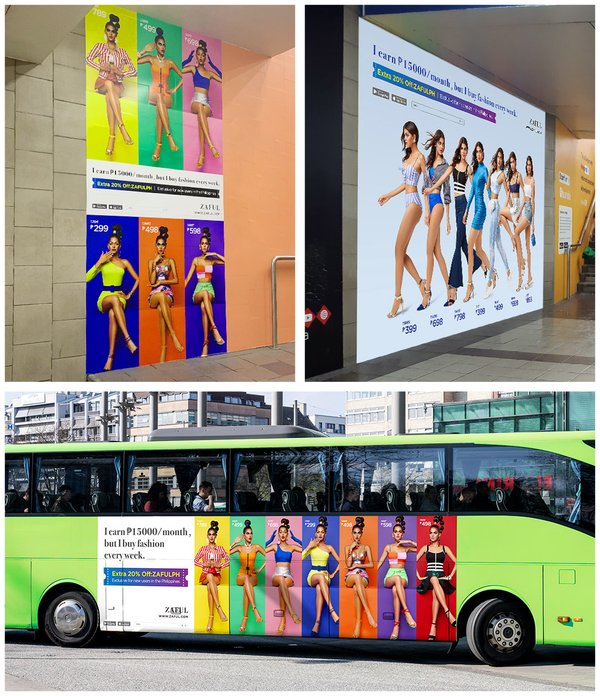Recognizing the Duty of Transit Advertising in Enhancing Brand Name Presence and Consumer Involvement
Transit marketing has actually arised as a pivotal aspect in the advertising landscape, providing one-of-a-kind opportunities for brands to boost their visibility and engage customers efficiently. With the capacity to reach a varied and captive audience during their everyday commutes, these advertising and marketing methods are not just concerning exposure; they have to do with creating significant links with possible consumers. As we explore the diverse advantages and cutting-edge approaches within transit marketing, it ends up being essential to consider exactly how these aspects jointly affect customer assumption and actions, elevating questions concerning their lasting influence on brand commitment.
Interpretation of Transit Advertising
Transportation advertising and marketing describes the method of promoting items, solutions, or brands through advertisements positioned around public transport systems. This type of advertising and marketing includes a range of placements, consisting of posters on trains and buses, digital screens at transit stations, and covers on the exterior of cars. It intends to get to a diverse audience, maximizing the high foot traffic associated with public transportation.
Transit advertising is purposefully positioned to record the interest of commuters, that commonly spend substantial time waiting or taking a trip. By incorporating ads into the day-to-day routines of people, brands can produce a lasting impact and foster brand acknowledgment. The medium is specifically effective in city environments, where public transport is a primary setting of travel.
Furthermore, transit marketing can help with local targeting, enabling businesses to reach details demographics based on transportation routes and station areas. As urban populaces expand and the use of public transportation rises, this advertising technique has actually acquired prestige as a vital element of incorporated marketing methods. The vibrant nature of transit marketing, incorporated with its ability to engage customers in a captive setting, highlights its significance in contemporary marketing practices.
Benefits of Transportation Marketing
The performance of transportation advertising lies in its capacity to supply a wide range of advantages to brands seeking to improve visibility and interaction. Among the primary benefits is the considerable reach it offers; transit advertisements can properly target varied demographics throughout urban areas, reaching both pedestrians and commuters alike. This broad exposure significantly increases brand awareness.
Another benefit is the high frequency of impressions. As transit lorries follow recognized paths and quit at several places, they create repetitive exposure that enhances brand name messages. This frequency fosters familiarity, which is essential in consumer decision-making.
Transportation advertising and marketing is additionally economical compared to various other media systems. Offered its large reach and possibility for high perceptions, brands often experience a reduced expense per thousand perceptions (CPM), maximizing their advertising and marketing spending plan.
Additionally, transit ads can develop a feeling of community link. By lining up with regional transit systems, brand names can reverberate with regional target markets and promote a sense of neighborhood pride. This localized strategy improves brand name loyalty and engagement, making transportation advertising a compelling choice for companies intending to strengthen their presence in the market.

Reliable Techniques for Transit Projects
To make the most of the effect of transit projects, brands must leverage critical planning and execution customized to their target audience. Initially, identifying the market characteristics of the target market using public transportation is vital. This enables brand names to create tailored messaging that resonates with prospective consumers.
Following, choosing the appropriate transit tools is essential. Whether using bus covers, subway posters, or digital displays, each medium has distinct benefits that can enhance visibility. For circumstances, vibrant visuals on bus wraps can attract focus, while electronic ads can be updated often to mirror prompt promotions.
Moreover, integrating a cohesive branding method throughout navigate here transportation platforms guarantees uniformity and enhances the brand name's identification. Utilizing captivating layouts and memorable taglines will certainly enhance brand name recall amongst travelers.
Lastly, timing is a key element in carrying out effective transit campaigns. Launching campaigns throughout peak traveling hours or neighborhood occasions can dramatically increase presence and involvement. By using these strategies, brand names can effectively harness the possibility of transportation marketing, fostering better recognition and connection with their target audience. Ultimately, a well-executed transit project can drive significant development in brand visibility and customer involvement.

Measuring Influence and Interaction
In evaluating the performance of transportation marketing campaign, exact dimension of impact and involvement is vital for brands looking for to optimize their advertising and marketing methods. Metrics such as reach, frequency, and impacts supply foundational information to evaluate presence. Evaluating these factors assists figure out the amount of prospective consumers are subjected to the promotions during their day-to-day commutes.
Engagement can be more evaluated via consumer communications, such as website web traffic, social media points out, and straight reactions to calls-to-action included in the ads. Using devices like QR codes or unique Links can promote tracking of consumer actions directly linked to transportation projects. Surveys and comments systems likewise work as useful methods to gather qualitative data on customer assumptions and recall of the advertisement.
Additionally, progressed analytics and attribution designs can associate transportation exposure with subsequent getting actions, offering insights right into the roi. By employing an extensive technique that incorporates measurable and qualitative measures, brands can develop a nuanced understanding of their transit advertising effect. Inevitably, this data-driven approach enables brands to refine their campaigns, ensuring they reverberate effectively with target audiences and enhance overall brand visibility.
Case Studies of Successful Projects
Successful transit advertising projects act as engaging instances of exactly how efficient techniques can raise brand visibility and involvement. Transit Advertising Philippines. One remarkable instance is the "I Love New york city" campaign, which transformed the city's photo and drew in countless travelers. By utilizing metro advertisements, billboards, and bus wraps, the project produced a solid, cohesive brand name identity, causing a significant uptick in tourist and regional company patronage
Another exemplary project is Coca-Cola's "Share a Coke" effort, which leveraged transit advertising and marketing to individualize the brand experience. By including preferred names on marketing materials across numerous transportation platforms, Coca-Cola cultivated a deeper psychological connection with consumers, encouraging them to share their experiences on social media sites.
Furthermore, the "Got Milk?" campaign successfully used public transport advertisements to reach a wide audience, strengthening the message of the significance of milk in a balanced diet regimen. The project saw a quantifiable increase in milk intake in target demographics.
These study illustrate that when implemented thoughtfully, transportation marketing can dramatically improve brand visibility, foster customer engagement, and drive quantifiable outcomes, demonstrating its essential role in modern-day advertising strategies. - page Transit Advertising Philippines
Final Thought
Finally, transit advertising functions as an essential tool for improving brand name visibility and cultivating consumer involvement. By utilizing tactically placed promotions within public transportation systems, brand names can properly strengthen and reach diverse target markets recognition with constant direct exposure. The implementation of targeted messaging and cutting-edge methods even more amplifies the influence of transit campaigns. Inevitably, the capacity to determine engagement and examine successful case research studies highlights the effectiveness of transportation advertising in driving brand name commitment and consumer interactions.
Transit advertising and marketing has actually arised as a crucial aspect in the advertising landscape, using distinct opportunities for brands to elevate their exposure and engage customers properly.In addition, transit advertising can facilitate local targeting, permitting organizations to get to certain demographics based on transit routes and terminal locations.In evaluating the performance of transit marketing campaigns, accurate dimension of impact and involvement is necessary for brands looking for to enhance their marketing approaches.Effective transit advertising projects serve as compelling instances of exactly how effective techniques can boost brand presence and interaction.In verdict, transit advertising and marketing serves as view an essential tool for boosting brand presence and fostering customer engagement.
Comments on “Why Choose Transit Advertising Philippines for Your Brand”